You may remember, I wrote a book called How To Pants a Novel last year (this month is the one-year anniversary!). But I also wanted to write a letter with the highlights, in case you don’t have time to sit down and read a book about something you’re already doing (or you have no interest in doing).
The process for pantsing a novel is simple:
Sit down with your writing tools (computer, pen, dictation, whatever).
Find your glimmer.
Say what comes to mind.
Don’t stop, and don’t let the world or your imposter syndrome or your fears tell you what it should or shouldn’t be.
That’s it! Brilliant.
A little explication, in case you need more.
I feel like Step 1 is somewhat self-explanatory. However you write is how you write, and you need your basic tools to get started. Some people need a private office or to be in a coffee shop; others need a special candle burning or a cup of coffee. Whatever environment and tools ease your process, get them. And schedule time to write regularly. It doesn’t have to be every day, certainly. But if you teach your brain that you will let the ideas out, then when you sit down, the ideas will come that much more readily.
Step 2 is a little less self-explanatory. By “glimmer” I just mean some kind of starting point. This might be a completely blank page for some writers. It might be a single image for others. Or a single word. Or a scene. It might be a hazy flicker of an idea. Honestly, though I know people like to think of pantsing and outlining as separate things, it could be an outline. I’m not going to argue with your process, and I think pantsing and plotting are a lot more similar than people like to pretend.
Next, say what comes to mind. Or write it. Or dance it. Or act it out. Let the story come out, however that looks for you. For me, it’s like turning on a faucet. As long as I remain focused, the story just flows. I do want to add here that this is a practice thing. The more you practice letting the words out, the easier it gets. There will, of course, still be hiccups and blocks and clogs in the hose. But generally speaking, the more you do it, the easier it becomes. Five minutes or five hours, doesn’t matter. Just let the ideas out and write them out, whatever they are.
Finally, just keep at it. Don’t stop. I don’t mean you shouldn’t take breaks. Definitely take breaks. But keep coming back to that page. Let the ideas keep coming. You may need to reread some of what you wrote. You may need to go for a walk or take a class or talk to a friend. You may need to source ideas from real life or other books or wherever. That’s all part of the process too. Just remember to keep coming back to the page.
And that’s it! That’s the process of pantsing in a nutshell.
Now, all that said, I think there’s a lot more to it, which is why I wrote a book on it. The book goes a bit into some Internal Family Systems method of understanding the internal workings of why pantsing works the way it does for me. It might not work that way for other people, of course. But in a world where most books on writing, and craft courses and workshops emphasize outlining as the “right” or “better” way to draft a book, I really want to have more conversations about the how and why of pantsing. Not because I expect anyone to change or alter their process, but just in case they can find ways to make it better, faster, and more rewarding.
Click here to get these letters delivered directly to your inbox!



